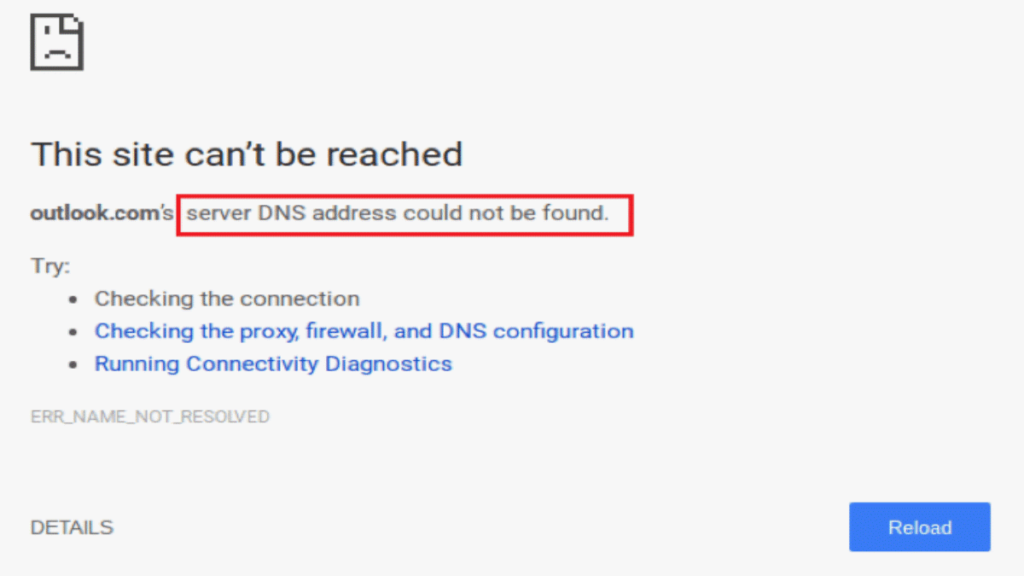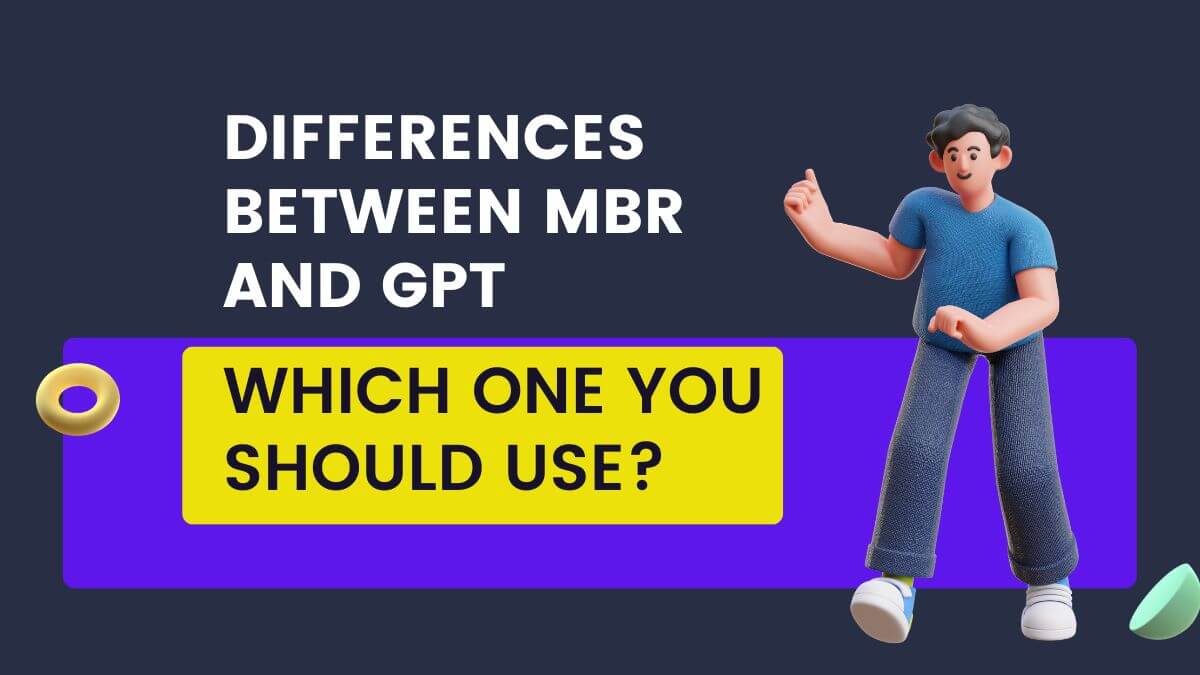How to Fix the DNS Server Not Responding Error on Windows
Are you getting a message DNS Server Error? Looking to fix the DNS server not responding on Windows? Today, at Digital Gyan, we will look how to fix this issue.
A Domain Name System (DNS) is a database that converts domain names and hostnames into IP addresses. Users may readily visit websites on the internet using web browsers as a result of this procedure.
When visiting a website, you may see many DNS error messages, one of which is the “DNS server not responding” message. This indicates that the web browser is unable to connect to the site because the DNS server is unable to translate hostnames correctly to IP addresses.
The “DNS server not responding” issue can be caused by a variety of factors, including misconfigured network adapters and incorrect DNS server addresses. Fortunately, the majority of these issues are caused by the user and may be easily resolved.

How to fix the DNS server not responding on Windows?
When you type a website URL into your browser, your router sends it to a DNS server, where it is dissolved and returned as an IP address. If the DNS server can’t finish the name resolution process properly, a message that says “DNS server is not responding” is usually shown.
The error “DNS Server Not Responding” indicates that your browser could not connect to the internet. DNS failures are typically caused by issues on the user’s end, such as a faulty network or internet connection, incorrect DNS settings, or an out-of-date browser. They might potentially be the result of a DNS outage caused by a transient server failure.
As a result, it’s conceivable that merely switching browsers will solve the problem. You may need to deactivate connections, change DNS servers, or clear the DNS cache in other circumstances.
1) Boot your Computer in Safe Mode
The “DNS Server Not Responding” error message might occur if your operating system is not functioning correctly. As a result, you might want to try starting your Windows device in Safe Mode to see if it helps.
This will reduce the number of files and resources required to operate Windows, and it may be a useful approach to debug issues.
Select the Windows button, then mouse over the Power symbol to start your Windows 10 machine in Safe Mode:
Next, select Restart: while holding down the Shift key.
Click Troubleshoot > Advanced in the new window that opens. Select Start-Up Settings, then Restart from the Advanced menu. There will be more alternatives available. Enable Safe Mode or Enable Safe Mode with Networking may be done by pressing 4 or 5. After that, your computer will restart in Safe Mode.
If you’re running Windows 7 or earlier, go to Power > Restart to restart it in Safe Mode. Then, while the computer is booting up, press and hold the F8 key.

On macOS devices, the procedure is identical.
Hold down the Shift key as the machine restarts and boots up. You may now release it after the Apple logo displays. After that, your device will boot into Safe Mode.
Restart your computer in Safe Mode and try to access the website once more. If the problem doesn’t appear to be caused by a network connection problem, it might be caused by third-party software or an installation, such as an antivirus program.
2) Try Different Browser
The first step in resolving the problem is to check your DNS connectivity. It may be as simple as switching or upgrading your web browser to resolve this issue. To do so, use a different browser to access the internet. If your usual browser is Safari or Google Chrome, for example, use Mozilla Firefox or Microsoft Edge to access the specified website.
If switching browsers works, your default browser will most likely need to be updated or uninstalled and reinstalled. If the “DNS Server Not Responding” notice persists, you may rule out your browser as the source of the problem.
3) Disable Secondary Connection
If deactivating your antivirus software or firewall didn’t solve the problem, another option is to turn off any secondary connections on your device. Make certain that just the connection you’re using right now is active. To do so in Windows, go to your desktop taskbar’s search box and type “Network Connections.” After that, select View network connections:
This will take you to the page for Network Connections. A red (X) will appear next to any connections you aren’t utilizing right now. Select Disable: from the context menu when you right-click on one.

Report for any additional links that aren’t operational right now. Restart your browser and try accessing the website again when you’ve finished. If you’re using macOS, go to System Preferences > Network after tapping the Apple symbol. You’ll see a list of your connections on the left side of the window.
4) Windows Peer-to-Peer Feature
If deactivating your firewall or secondary connections doesn’t fix the “DNS Server Not Responding” problem message on Windows, there’s one more thing you may try: the Peer-to-Peer (P2P) capability. Note: This feature is only available in Windows 10.
This function helps you save download bandwidth on your smartphone. Essentially, it allows you to download a Windows update once, and then use your device to disseminate or share the latest version throughout your local network.
Unfortunately, it can occasionally cause DNS procedures to fail. As a result, it’s worth deactivating to see if the error message you’re seeing goes away. To do so, go to the Windows icon, then Settings (gear icon), and then Update & Security.
5) Restart Router
Restarting your router is the next step in the troubleshooting process. This will clear your router’s cache, which may be the solution to the “DNS Server Not Responding” error.
The majority of modems have a power button that allows you to swiftly turn them off. Turn your modem back on after a minute or two and wait for it to re-establish a connection once it has, checks to see whether you can use your browser to access the internet. It’s worth noting that merely restarting the router isn’t always sufficient. You might try rebooting it by disconnecting it completely and waiting at least 30 seconds before plugging it back in and turning it on.
6) Change the Default DNS
Changing your default DNS server is another option for resolving “DNS Server Not Responding” on Windows. The first step is to open your network connection properties in Windows 7, 8, or 10.
Begin by hitting the Windows button in the task bar’s bottom-left corner. Type “Network connections” into the search area, and then pick View network connections from the option that appears:
Afterwards, select the internet adapter you’re using (WLAN for wireless network connections or LAN for ethernet cable connections). Select Properties from the context menu of the internet adapter by right-clicking on it.
Conclusion
Hopefully, by now the DNS server not responding issue may have been solved. Let us know which method worked for you or if you found any other solution to this problem. Good day!

